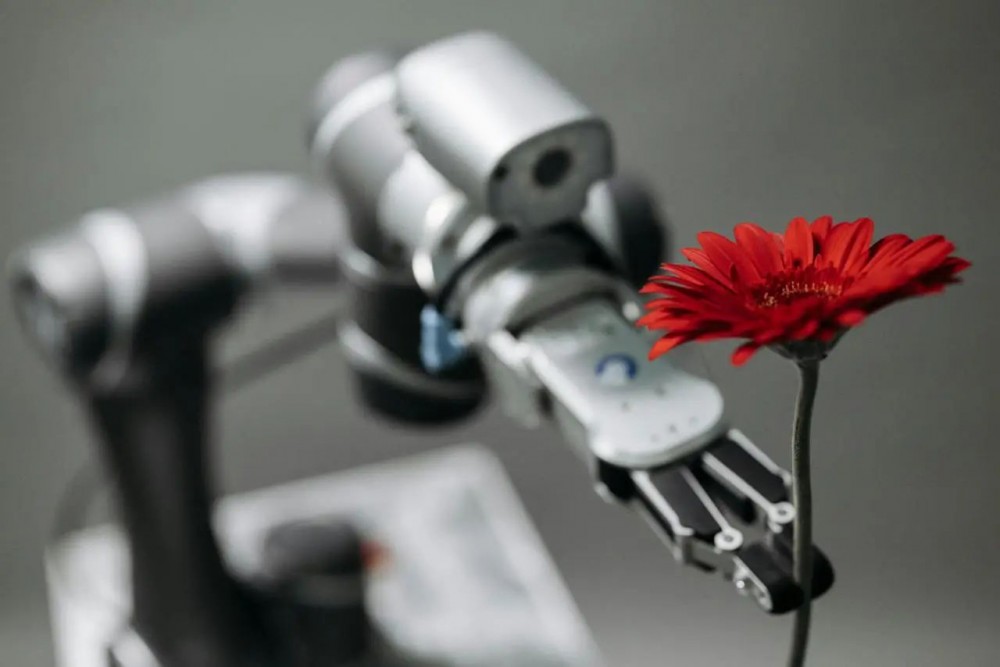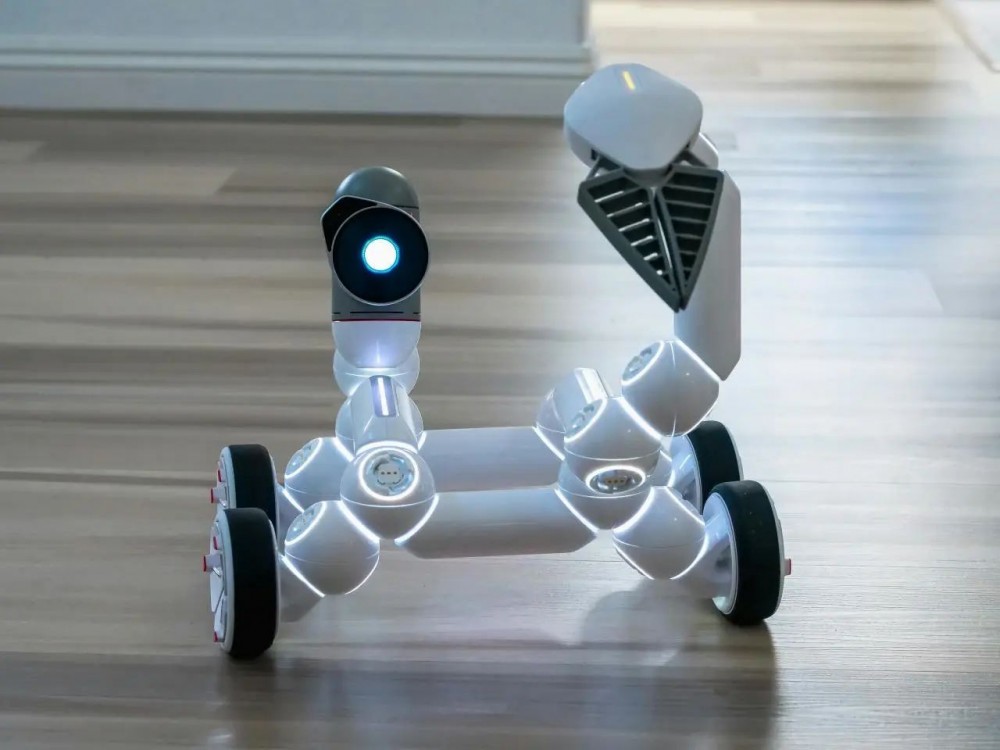Edge AI: Key Drivers and Applications
Edge AI involves running AI algorithms and machine learning models on local edge devices (e.g., sensors, IoT devices, smartphones, drones, cameras, edge servers) for real-time data processing without constant cloud reliance. It combines edge computing and AI to enable independent decision-making, such as instant intrusion detection by security cameras or real-time navigation in autonomous vehicles.

01 Market Size and Growth Forecast
In 2025, the edge AI market is experiencing explosive growth. Valued at $20.78 billion in 2024, it’s projected to reach $66.47 billion by 2030 (CAGR 21.7%) or $84 billion by 2033 (CAGR 17.53%). The hardware segment will grow from $26.14 billion in 2025 to $58.9 billion by 2030 (CAGR 17.6%), while software rises from $1.76 billion in 2024 to $2.3 billion in 2025. By 2035, the market could hit $356.84 billion (CAGR ~27.8%). North America and Asia-Pacific lead, driven by tech innovation and IoT/manufacturing growth, respectively.


02 Key Drivers
Edge AI’s growth is fueled by surging demand for real-time data processing, with over 80 billion IoT devices expected by 2025, necessitating local AI to reduce latency and bandwidth use. The rollout of 5G enables low-latency, high-bandwidth applications in Industry 4.0 and smart cities. Stricter data privacy regulations push local processing to mitigate cloud data risks. Advances in industrial robotics, AI, and generative AI further drive adoption, particularly in autonomous vehicles, optimizing performance and costs.

03 Application Scenarios
Edge AI is transforming multiple sectors. In autonomous driving, it enables real-time sensor data processing for companies like Tesla and Waymo. Healthcare leverages wearables for real-time monitoring and remote diagnostics, easing hospital burdens. In Industry 4.0, edge AI supports predictive maintenance, with firms like Siemens optimizing supply chains. Consumer electronics, like Samsung’s smart appliances, offer personalized energy management. Smart cities use edge AI for traffic management and security monitoring, while humanoid and collaborative robots enhance human-machine interaction in 2025. Other applications include smart home security and drone image processing.
Edge AI is reshaping the AI landscape, shifting from cloud to edge. In 2025, its growth and maturity will drive real-time decision-making, privacy, and efficiency across autonomous driving, healthcare, and industry. Despite challenges, its potential is vast, requiring focus on standardization and security to fully harness this technological revolution.




.png)

.png)












